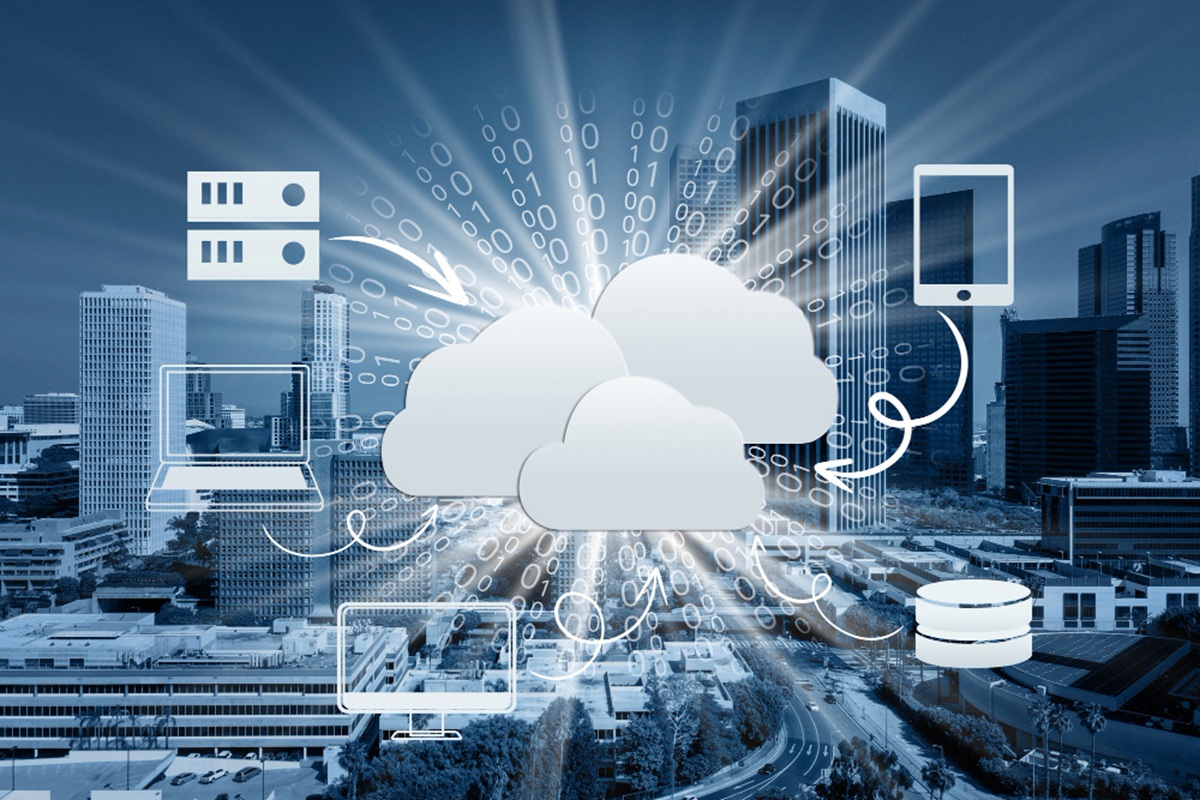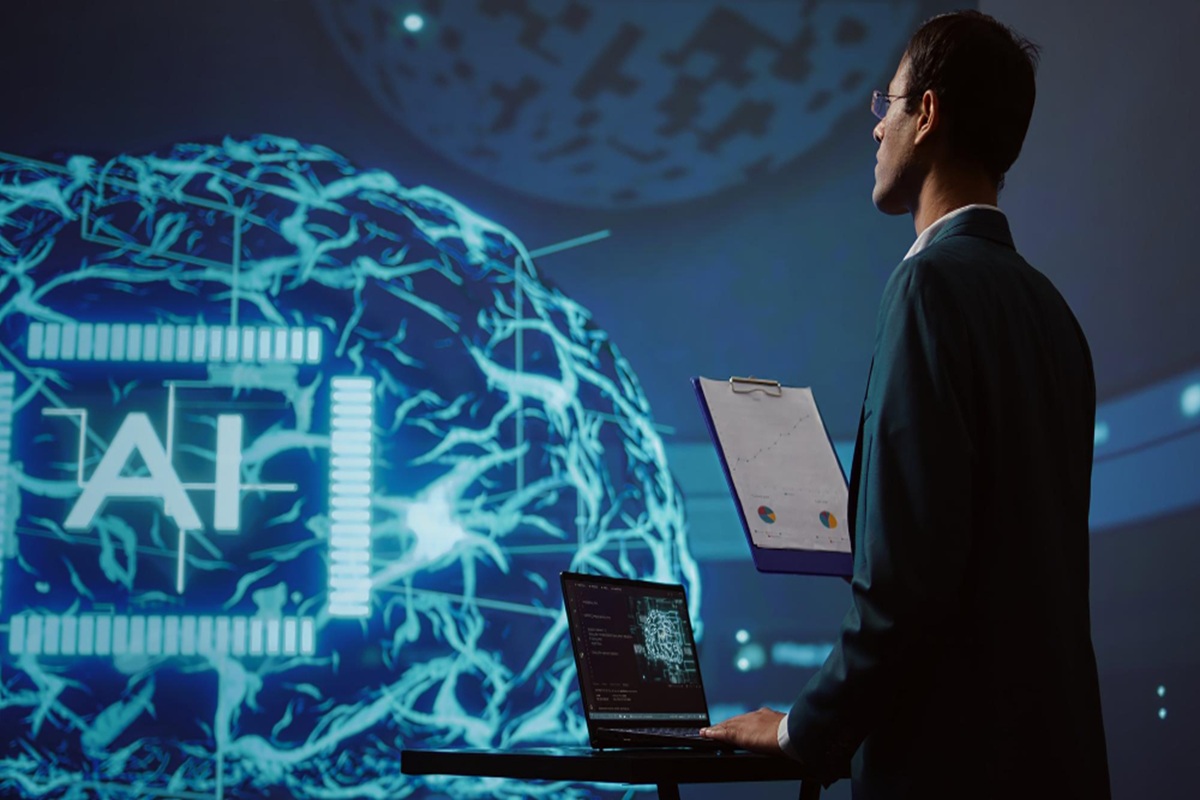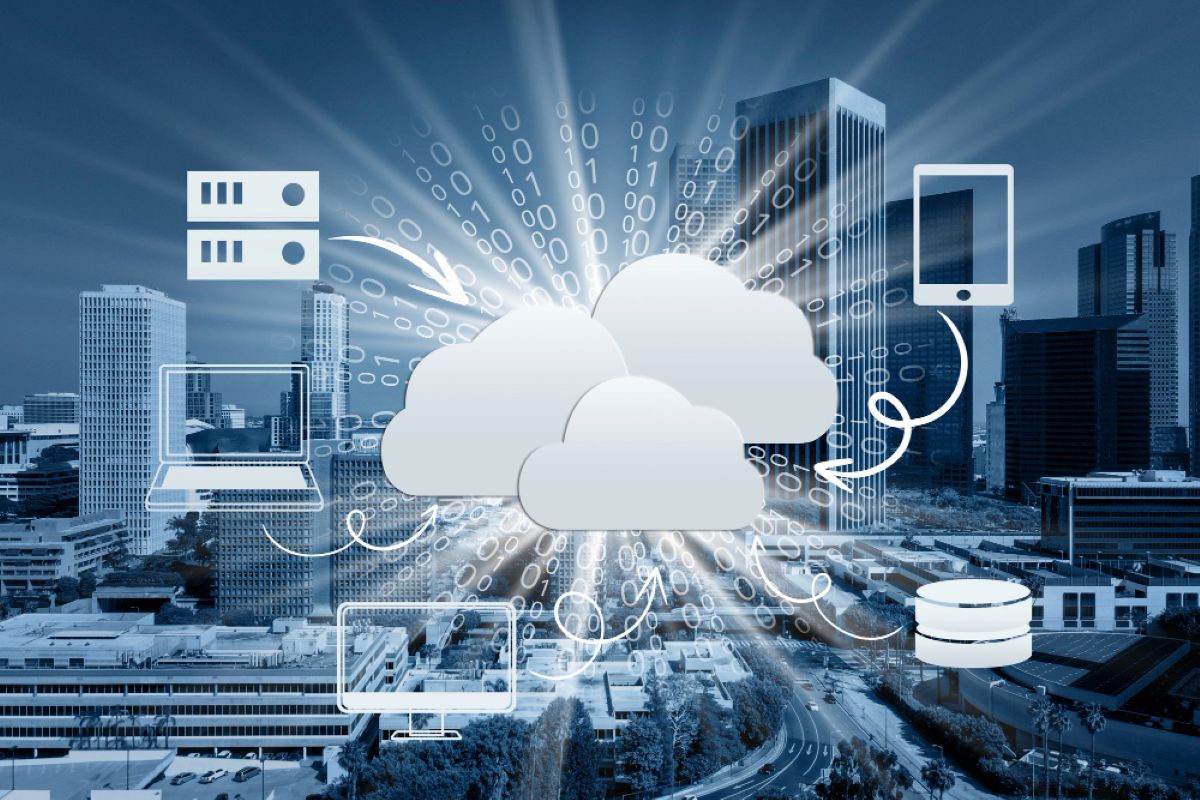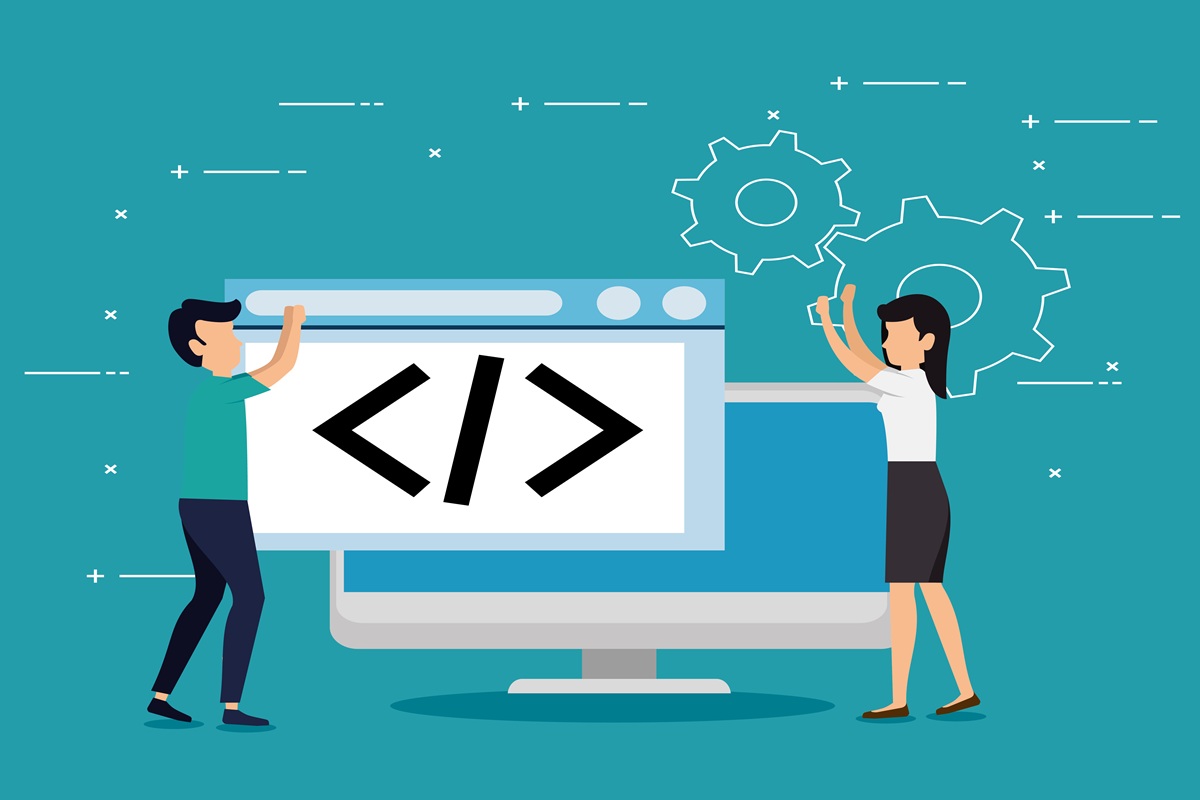Archives: Blogs
-

The 4 Pillars of OOP (Object Oriented Programming)
Object-oriented programming Systems (OOPs) are very easy to design and develop. The concept around which it builds is around ‘objects’,…
-
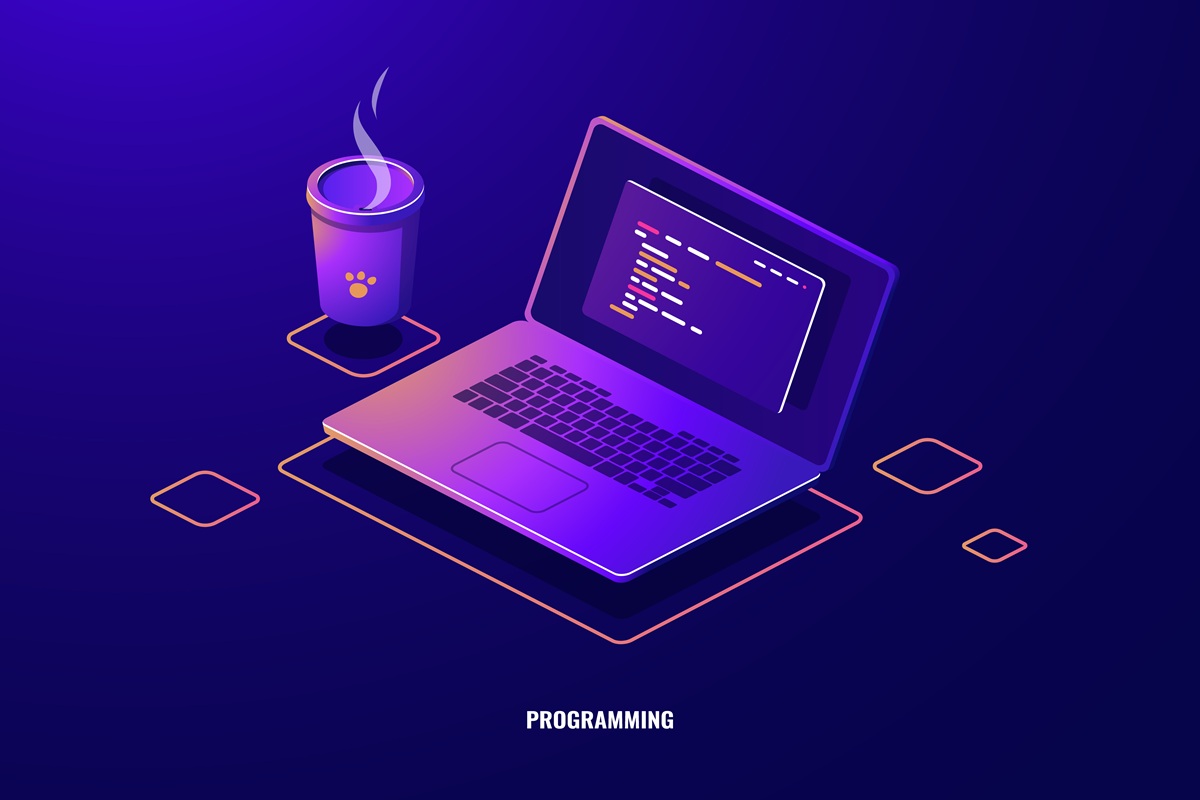
Python Developer Salary – A Deep Dive into the Latest Insights
Python is still a popular programming language as it is used in many places, including web development. Demand for Python…
-
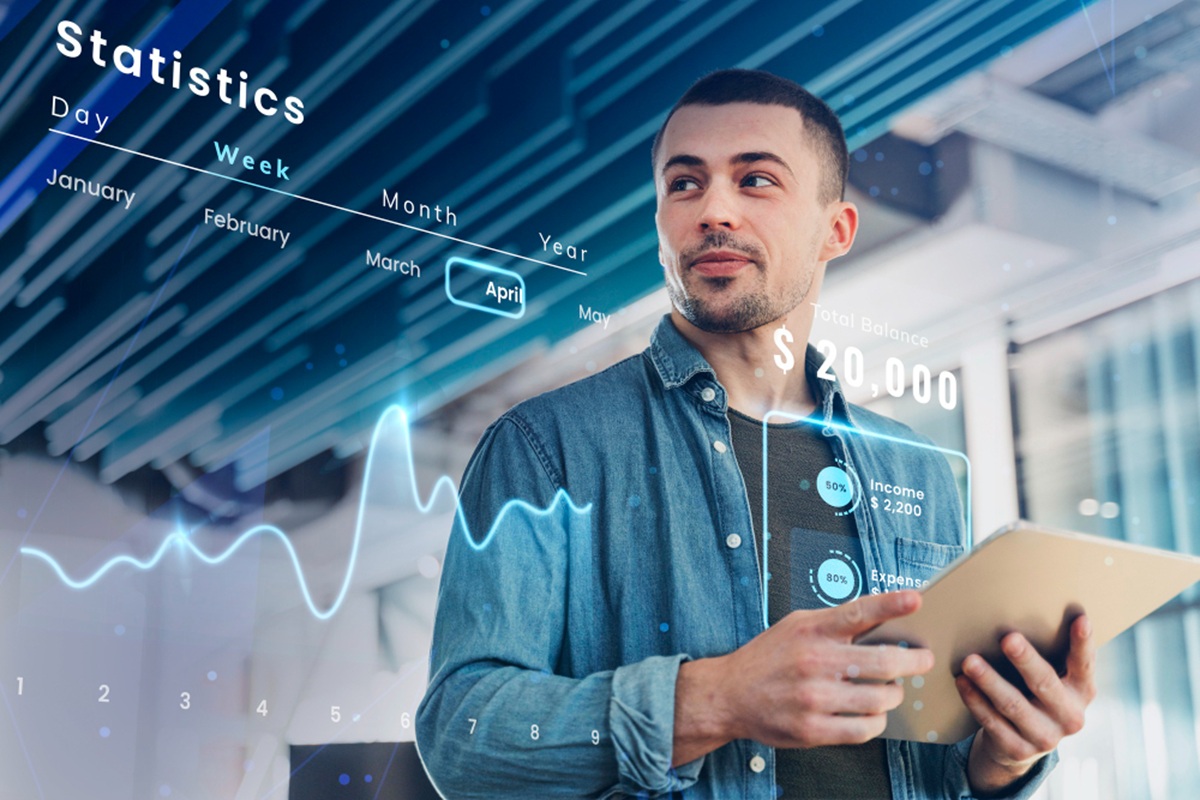
Business Intelligence Analyst: Key Roles and Responsibilities
Nowadays, businesses depend entirely on data to decide and emerge as winners. A business intelligence (BI) analyst is essential in…
-

Java Developer Salary: A Comprehensive Guide
Java continues to be one of the most prevalent programming languages worldwide since it supports enterprise applications and mobile platforms….
-

Top Data Analysis Techniques You Should Know
Modern businesses rely on data analytical procedures to identify market trends while resolving problems and creating improved organisational decisions. The…
-

Top 14 Features of Cloud Computing
It is expensive and complicated to manage data on physical servers. Companies require scalable solutions without making enormous hardware investments….
-

How is Artificial Intelligence in Business Making an Impact?
Businesses are facing tough competition. All business decisions must occur quickly and efficiently while maintaining affordable processes. Manual processes slow…
-

Top 10 Cloud Engineer Skills to be a Cloud Engineer
Cloud computing has essentially taken over how businesses store data, run applications, and manage their IT infrastructure. Companies are now…
-

Key Difference Between OOP and POP
Choosing the right programming paradigm is one of the initial but highly important decisions in building any software program. Some…
-

Key Features of Artificial Intelligence Explained
Businesses want faster decisions, automation, and systems free from human intervention to solve their problems. AI addresses these issues by…


